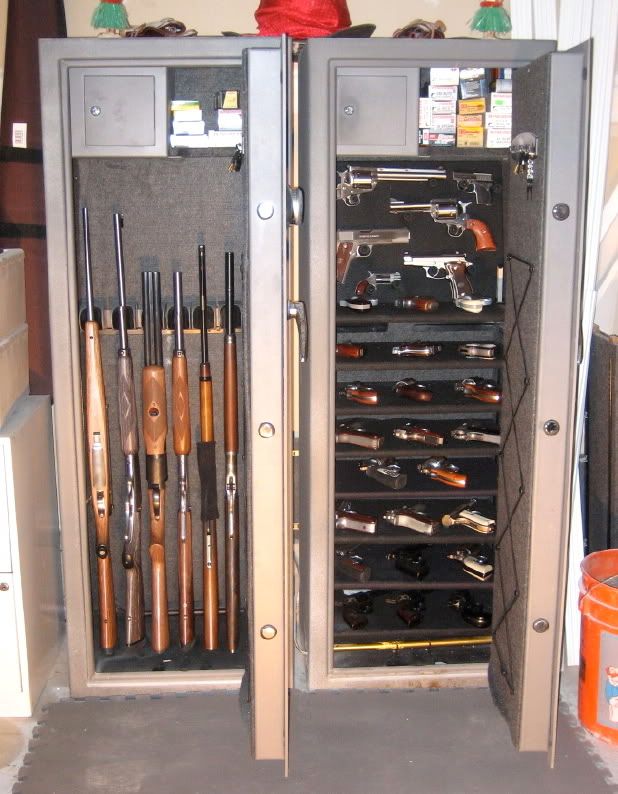They know first hand the survival rate of so called "fire safes". All the research I did was unable to find anyone that claimed a safe would actually survive a fire to the degree they are rated. Firemen and a friend that is an arson/fire inspector says none will survive a direct fire for anywhere near what they are rated.
I have many photos taken by fellow safe techs which show burned safes. We are often called out immediately after a fire to open and recover the contents of safes which often have the dials and handles melted off.
Safes rated by UL and other recognized agencies do often protect their contents. The items inside may not survived in pristine condition in all cases, but they do typically survive.
Gun safes that have been tested by unrecognized agencies often do no protect their contents. In many cases, it's a complete loss.
A call to UL (which rates the safes) revealed that they do not actually test the safes. The just certify the information given to them by the manufacturer.
I don't think the person you spoke with at UL knows what they are talking about.
All fire rated safes must undergo a furnace test, a drop test, and an explosion (from steam) test. After the initial testing is done, the safe manufacturer must allow random inspections of their facilities by UL representatives to insure all of the safes being produced are identical to the safe submitted for testing.
As for failures, thousands of openings so far and no issues. I have one Sentry safe I have had for many years and no issues. If they ever did fail I would just cut them open and not be out much money.
Inexpensive products are built with inexpensive parts. In my experience, safes like Sentry, are much more prone to failure. I have also seen 20 year old Sentry products still in use.
I often charge more to deliver these types of safes than the safe cost. I also often charge more to open them than the safe cost. Sometimes cheap products don't end up being the bargain people thought they would be.


